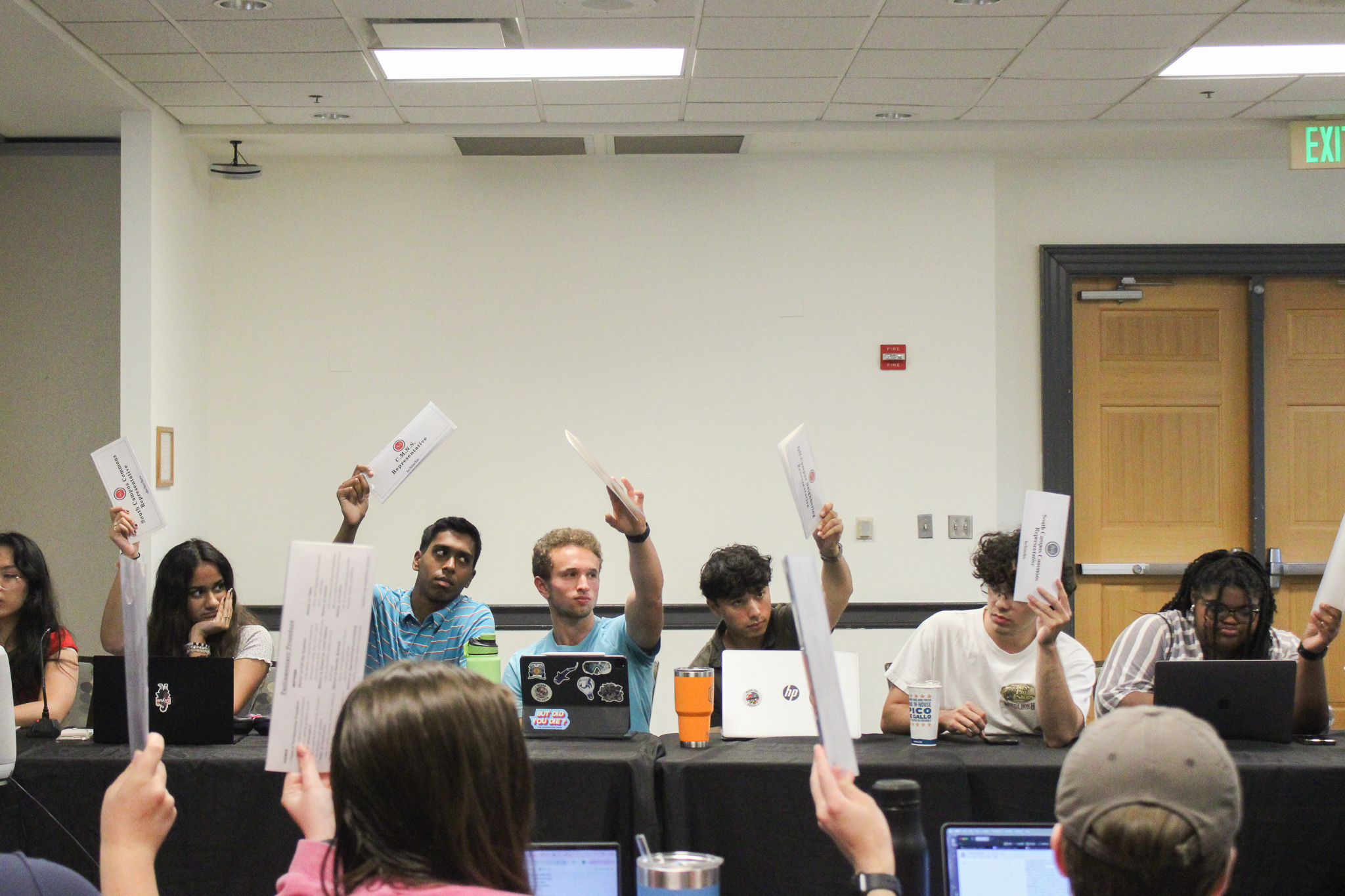The University of Maryland SGA passed a bill to prioritize campus accessibility on Wednesday.
The bill, which passed 21-0-1, ensures the Student Government Association will focus on accessibility through universal design standards. The bill is part of the body’s broader effort to promote accessibility on campus.
“I’m just hoping it makes the community a better place,” SGA transportation and infrastructure director Paisley Brockmeyer said.
According to the bill, many of this university’s buildings were constructed before the 1990 Americans with Disabilities Act, which requires access and accommodations for people with disabilities. This means some buildings may not meet accessibility standards, the bill said.
The body plans to partner with the university’s Accessibility and Disability Service office and diversity, equity and inclusion groups. The partnerships aim to hold events for National Disability Employment Awareness Month in October, according to Brockmeyer, a senior neurobiology and physiology major.
Brockmeyer plans to conduct an annual accessibility audit — similar to the SGA safety walk — to teach students about accessible infrastructure regulations. The audit will report on the accessibility of all campus facilities, including academic buildings, dorms and dining halls.
[UMD SGA Safety Walk highlights broken lighting, inaccessible crosswalks]
The bill also calls for more funding and resources from university administration.
SGA plans to create a student and faculty task force that would provide input on campus accessibility, according to SGA president Reese Artero.
Some administrators fail to address accessibility because they may not believe it is a priority for students, the senior criminology major said.
Brockmeyer hopes Wednesday’s bill will help students think more about accessible infrastructure’s importance.
But Purple Line construction could potentially hinder accessibility initiatives, Brockmeyer said. On-campus Purple Line construction, which will likely finish this semester, has caused closures on roads such as Alumni and Campus drives.
“If I want to put a bench somewhere, are they just going to tear it out when they do more construction?” Brockmeyer said.
This bill will benefit both students and families, diversity, equity and inclusion co-director Chinaza Ofor said. The junior philosophy, politics and economics major said visitors may have trouble getting around campus due to its large, hilly terrain.
But this bill is set to benefit the student body the most, speaker of the legislature Chelsea Boyer explained.
The junior communication major said the Association of Big Ten Students — a network of student governments that promotes consistency among Big Ten schools — impacted the bill’s proposal.
[UMD SGA plans to prioritize transparency, student voter turnout]
The association, which meets about four times a year, highlighted campus accessibility as a top student body priority, according to SGA vice president Gannon Sprinkle.
Sprinkle said all students should be able to navigate campus easily regardless of whether they have disabilities or impairments.
“All students should have access to everything,” Sprinkle, a junior government and politics major, said. “That’s accessibility for disabled students for safe and walkable pathways. It’s accessibility for those that are vision impaired, hearing impaired.”



